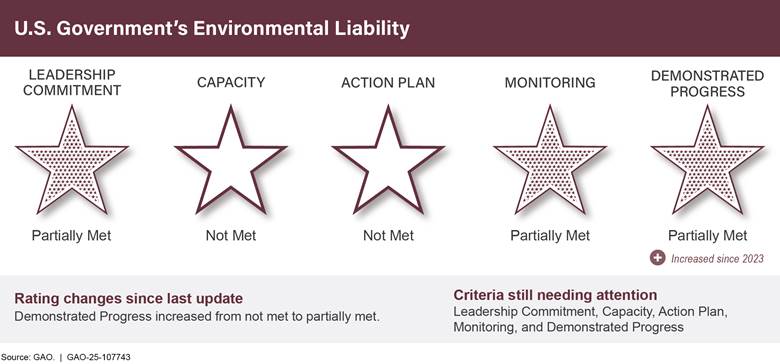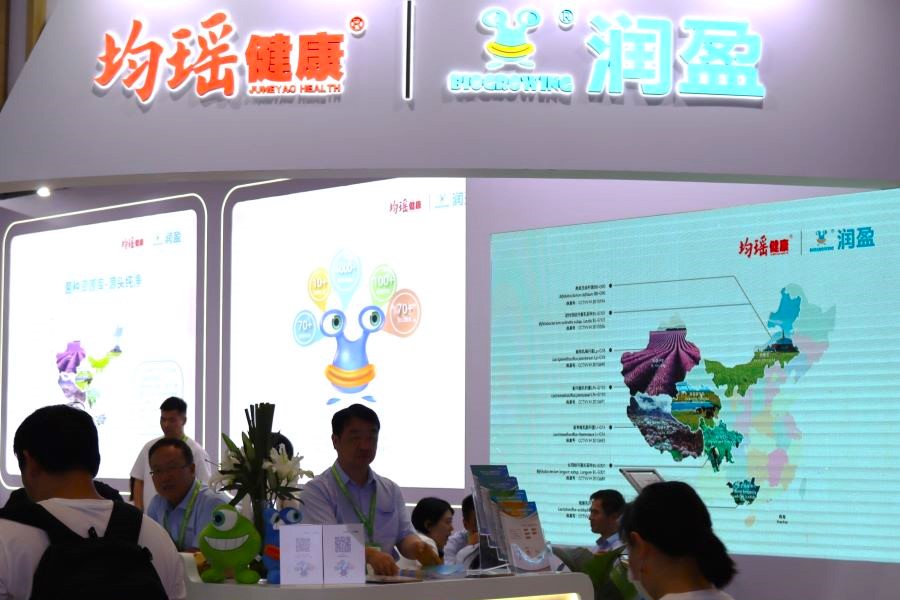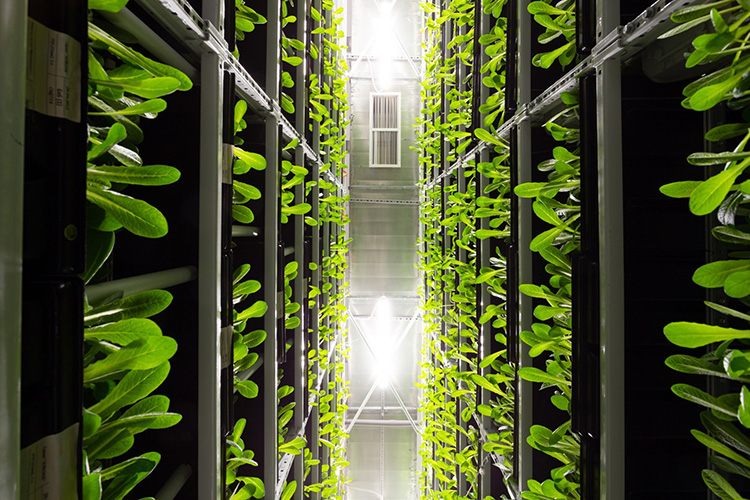Report on the Crop Production and Soil Health Clinic
Introduction
Nebraska Extension has announced a Crop Production and Soil Health Clinic scheduled for Thursday, August 28. The full-day event will be held from 8:00 a.m. to 4:30 p.m. at the Eastern Nebraska Research, Extension and Education Center (ENREEC) near Mead. The clinic is designed to provide hands-on, research-based training for producers, crop advisors, agronomists, and other agricultural professionals. The program focuses on enhancing the profitability of corn and soybean operations through the adoption of regenerative farming practices and improved soil management techniques.
Event Objectives and Alignment with Sustainable Development Goals (SDGs)
The clinic’s core mission is to equip agricultural professionals with practical tools and strategies that support resilient and sustainable cropping systems. The program’s content directly contributes to several United Nations Sustainable Development Goals (SDGs):
- SDG 2 (Zero Hunger): By focusing on sustainable agriculture, nutrient efficiency, and soil health, the clinic aims to improve crop yields and food security.
- SDG 6 (Clean Water and Sanitation): Sessions on optimizing irrigation directly address the efficient use of water resources (Target 6.4).
- SDG 8 (Decent Work and Economic Growth): The emphasis on reducing input costs and increasing profitability supports sustainable economic growth for farming communities.
- SDG 9 (Industry, Innovation, and Infrastructure): The introduction of digital agriculture, robotics, and other innovations promotes technological advancement in the agricultural sector.
- SDG 12 (Responsible Consumption and Production): By promoting integrated pest management and the 4Rs of nutrient stewardship, the event encourages the sustainable management of natural resources and a reduction in chemical inputs.
- SDG 15 (Life on Land): A central theme of the clinic is the improvement of soil health and the use of cover crops to combat land degradation and promote sustainable terrestrial ecosystems.
- SDG 17 (Partnerships for the Goals): The event itself is an example of a partnership between a university extension, researchers, and agricultural stakeholders to achieve sustainable development.
Agenda and Thematic Focus
The agenda features in-field demonstrations and interactive sessions grounded in university research. Each topic is tailored to Nebraska’s agricultural conditions and contributes to specific sustainability objectives:
- Corn and Soybean Growth: What Have We Seen in 2025: An analysis of crop development to inform future sustainable practices.
- Soil Health Tools and Data: Practical Assessment and Interpretation: Directly supports SDG 15 by providing methods to monitor and manage land resources effectively.
- Innovations in Mechanical Weed Control: Roller Crimping and Robotics: Addresses SDG 9 and SDG 12 by exploring non-chemical weed management to reduce environmental impact.
- Biochar Effects on Soil Fertility and Crop Yields: A session focused on soil amendments that enhance fertility and sequester carbon, contributing to SDG 2 and SDG 15.
- Plant Pathology Updates: Provides strategies for integrated pest management, crucial for protecting crops and advancing SDG 2.
- Beyond Cereal Rye: Summer Annuals as Cover Crops: Explores diversification in cover cropping to improve soil health and biodiversity, aligning with SDG 15.
- Optimizing Irrigation for Maximum Water Use Efficiency: A key session for advancing SDG 6 by ensuring sustainable water management.
- Insect Management: Focuses on sustainable pest control methods to maintain crop health and yield, supporting SDG 2 and SDG 12.
- Nitrogen Management and the 4Rs: Addresses efficient nutrient use to reduce waste and environmental runoff, a core principle of SDG 2 and SDG 12.
- Weed Science: Discusses strategies to manage herbicide resistance and reduce chemical dependency, contributing to more sustainable production systems under SDG 12.
Logistical Information
- Location: ENREEC, 1071 County Road G, Ithaca, Nebraska.
- Professional Credits: Certified Crop Advisor (CCA) credits are available in Soil and Water Management, Nutrient Management, and Integrated Pest Management.
- Registration: The registration fee is $75 for attendees seeking CCA credits and $35 for general admission. The fee includes lunch and reference materials.
- Deadline: Interested parties are requested to register by Wednesday, August 21.
- Further Information: Registration and additional details are available at the following URL: https://cvent.me/WMzLdk
SDGs Addressed in the Article
SDG 2: Zero Hunger
The article directly addresses SDG 2 by focusing on sustainable agriculture and food production. The clinic aims to improve “corn and soybean profitability” and implement “regenerative farming practices.” This supports the goal of ending hunger, achieving food security, and promoting sustainable agriculture.
SDG 4: Quality Education
The event itself is an educational initiative. The “Crop Production and Soil Health Clinic” is described as a “hands-on, research-based event” designed to provide “expert insights” and “take-home practices” to “producers, crop advisors, agronomists and ag professionals.” The availability of “Certified Crop Advisor (CCA) credits” further emphasizes its role in providing relevant technical and vocational skills.
SDG 6: Clean Water and Sanitation
The article mentions a specific session on “Optimizing Irrigation for Maximum Water Use Efficiency.” This directly connects to the sustainable management of water resources, a key component of SDG 6.
SDG 9: Industry, Innovation, and Infrastructure
The clinic highlights modern agricultural advancements. Sessions on “Innovations in Mechanical Weed Control: Roller Crimping and Robotics” and “Digital Agriculture” point towards building resilient infrastructure and fostering innovation in the agricultural sector.
SDG 12: Responsible Consumption and Production
The article promotes sustainable production patterns by focusing on resource efficiency. Topics like “reduce input costs,” “nutrient efficiency,” and “Nitrogen Management and the 4Rs” are central to achieving more with less and managing natural resources sustainably.
SDG 13: Climate Action
The focus on building “more resilient cropping systems” is a direct measure to strengthen adaptive capacity to climate-related challenges, which is a core aspect of SDG 13.
SDG 15: Life on Land
A primary theme of the article is protecting and restoring terrestrial ecosystems. The emphasis on “soil health,” “better soil management,” “biochar effects on soil fertility,” and using “cover crops” all contribute to improving land and soil quality and halting land degradation.
Specific Targets Identified
-
SDG 2: Zero Hunger
- Target 2.4: “By 2030, ensure sustainable food production systems and implement resilient agricultural practices that increase productivity and production, that help maintain ecosystems… and that progressively improve land and soil quality.” The article’s focus on “regenerative farming practices,” “resilient cropping systems,” and “soil health” directly aligns with this target.
-
SDG 4: Quality Education
- Target 4.4: “By 2030, substantially increase the number of youth and adults who have relevant skills, including technical and vocational skills, for employment, decent jobs and entrepreneurship.” The clinic provides skills and “Certified Crop Advisor (CCA) credits” to agricultural professionals to enhance their vocational expertise.
-
SDG 6: Clean Water and Sanitation
- Target 6.4: “By 2030, substantially increase water-use efficiency across all sectors…” The session on “Optimizing Irrigation for Maximum Water Use Efficiency” is a direct effort to meet this target in agriculture.
-
SDG 9: Industry, Innovation, and Infrastructure
- Target 9.4: “By 2030, upgrade infrastructure and retrofit industries to make them sustainable, with increased resource-use efficiency and greater adoption of clean and environmentally sound technologies…” The promotion of “digital agriculture” and “robotics” in farming supports the adoption of innovative and efficient technologies.
-
SDG 12: Responsible Consumption and Production
- Target 12.2: “By 2030, achieve the sustainable management and efficient use of natural resources.” The article’s emphasis on “nutrient efficiency,” “nitrogen management,” and reducing “input costs” directly relates to this target.
-
SDG 13: Climate Action
- Target 13.1: “Strengthen resilience and adaptive capacity to climate-related hazards and natural disasters in all countries.” The goal of building “more resilient cropping systems” is a practical application of this target.
-
SDG 15: Life on Land
- Target 15.3: “By 2030, combat desertification, restore degraded land and soil… and strive to achieve a land degradation-neutral world.” The clinic’s core focus on “soil health,” “soil management,” and “biochar effects on soil fertility” directly contributes to restoring and improving soil quality.
Implied Indicators for Measuring Progress
The article implies several indicators that could be used to measure progress towards the identified targets:
- Crop Profitability and Yield: Mentioned in the context of “improving corn and soybean profitability” and “crop yields,” this can measure the economic success of sustainable practices (Target 2.4).
- Adoption of Sustainable Practices: The rate at which farmers implement “regenerative farming practices,” use “cover crops,” or adopt “innovations in mechanical weed control” serves as a direct indicator of progress (Targets 2.4, 15.3).
- Soil Health Metrics: The session “Soil Health Tools and Data: Practical Assessment and Interpretation” implies that soil health can be quantitatively measured, serving as an indicator for improved land quality (Target 15.3).
- Water Use Efficiency: This can be measured to track progress on “optimizing irrigation,” as mentioned in the agenda (Target 6.4).
- Nutrient Use Efficiency: The focus on “Nitrogen Management and the 4Rs” and “nutrient efficiency” suggests that the ratio of nutrient input to crop uptake can be measured (Target 12.2).
- Number of Trained Professionals: The number of attendees and the “Certified Crop Advisor (CCA) credits” awarded can serve as an indicator for increasing the number of adults with relevant technical skills (Target 4.4).
- Reduction in Input Costs: This is a tangible financial indicator that reflects greater resource efficiency (Target 12.2).
Summary of SDGs, Targets, and Indicators
| SDGs | Targets | Indicators |
|---|---|---|
| SDG 2: Zero Hunger | 2.4: Ensure sustainable food production systems and implement resilient agricultural practices. | Increased crop profitability and yields; Adoption rate of regenerative farming practices; Implementation of resilient cropping systems. |
| SDG 4: Quality Education | 4.4: Increase the number of adults with relevant technical and vocational skills. | Number of agricultural professionals attending the clinic; Number of Certified Crop Advisor (CCA) credits awarded. |
| SDG 6: Clean Water and Sanitation | 6.4: Substantially increase water-use efficiency. | Measured improvements in water use efficiency from optimized irrigation. |
| SDG 9: Industry, Innovation, and Infrastructure | 9.4: Upgrade infrastructure and adopt clean and environmentally sound technologies. | Adoption rate of digital agriculture, robotics, and innovative mechanical weed control. |
| SDG 12: Responsible Consumption and Production | 12.2: Achieve the sustainable management and efficient use of natural resources. | Measured improvements in nutrient efficiency; Reduction in input costs; Implementation of nitrogen management plans (4Rs). |
| SDG 13: Climate Action | 13.1: Strengthen resilience and adaptive capacity to climate-related hazards. | Implementation of resilient cropping systems. |
| SDG 15: Life on Land | 15.3: Combat desertification and restore degraded land and soil. | Measured improvements in soil health and fertility; Adoption of practices like using cover crops and biochar. |
Source: ruralradio.com







